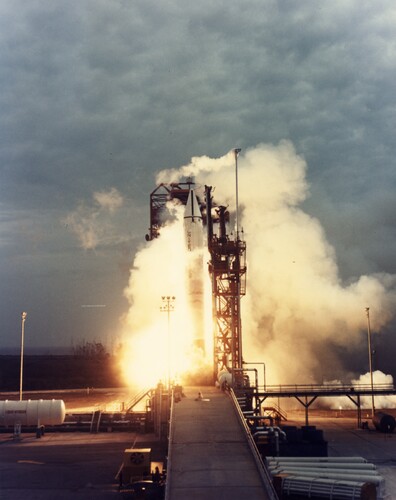Technological Tensions in Space
The launch of Sputnik also raised concerns in the United States about national security. It highlighted the technological advancements made by the Soviet Union and raised fears that the USSR could potentially deploy intercontinental ballistic missiles. This led to a heightened focus on increasing American missile capabilities and defense systems. The Soviet space program also had strong military underpinnings, with advancements in space technology having potential military applications, including reconnaissance and missile development.
The Space Race's technological tensions prompted substantial investments in research, development, and engineering, propelling rapid advancements in space exploration and developing numerous technological breakthroughs. The development of rocket and satellite technology stood as a critical focal point. Both nations concentrated efforts on advancing propulsion systems capable of launching satellites and crewed spacecraft into space. The refinement of powerful and reliable rocket engines was pivotal in enabling successful missions beyond Earth's atmosphere.
Human spaceflight was another pivotal technological arena. The Soviet Union's early triumph with Yuri Gagarin's orbital mission in 1961 spurred the United States to accelerate efforts in its Mercury, Gemini, and Apollo programs, aiming to develop spacecraft and life-support systems for manned missions. Moreover, both nations pursued lunar exploration. The Soviet Union's Luna program engaged in robotic lunar missions, while the US Apollo program culminated in the iconic 1969 Moon landing, showcasing significant technological advancements.


